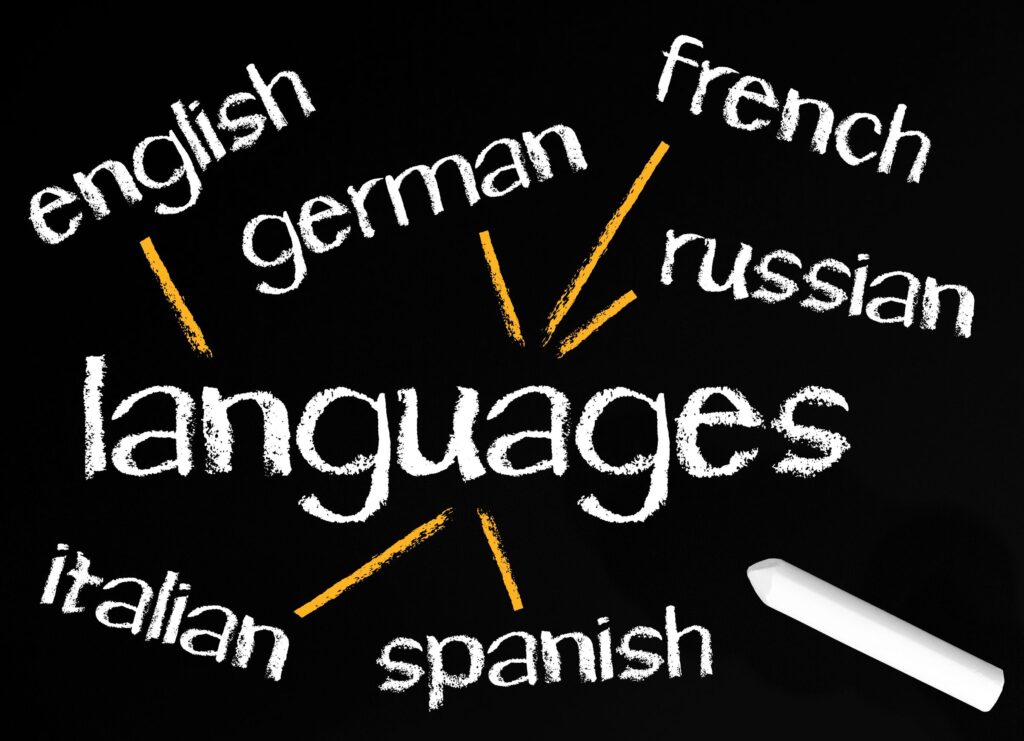When it comes to culturally sensitive translations, there are a few things to keep in mind in order to ensure that you maintain the cultural context. In some cases, it is necessary to translate word-for-word in order to retain the original meaning. However, there are also times when a more liberal translation is necessary in order to preserve the cultural context. The goal is always to produce an accurate translation while respecting the culture of the target audience. In this blog post, we will discuss some tips on how to handle culturally sensitive translations!
What are the cultural issues to consider in translation?
When translating culturally sensitive text, it is important to be aware of the different cultures involved and how they might react to the translation. There are a few key points to keep in mind:
- The target audience’s culture may not value direct translations. In these cases, it is often better to use a more liberal translation in order to preserve the meaning.
- It is also important to consider the connotations of words in both the source and target languages. Certain words may have positive or negative connotations that could change the meaning of the text.
- Cultural references can also be lost in translation. It is often necessary to provide explanations or additional information in order to ensure that the target audience understands the full context of the text.
What is cultural sensitivity in language translation and why is it important?
Cultural sensitivity is important in language translation because it ensures that the target audience can understand the full meaning of the text. It also helps to preserve the cultural context and avoid any potential misunderstandings.
When translating text, always keep in mind the different cultures involved and how they might react to the translation. By being aware of these issues, you can produce an accurate and culturally sensitive translation!
How do you handle cultural sensitivity in language translation?
There are a few steps that you can take in order to handle cultural sensitivity in your translations:
- Research the target audience’s culture and values. This will help you to understand how they might react to certain words or phrases.
- Choose your words carefully. Be aware of the connotations of words in both the source and target languages.
- Provide explanations or additional information when needed. This will ensure that the target audience understands the full context of the text.
Are there any challenges that come with ensuring cultural sensitivity in language translation projects?
One of the challenges that can come with ensuring cultural sensitivity is finding the right balance between accuracy and respect. It is important to produce an accurate translation, but in some cases, it may be necessary to use a more liberal translation in order to preserve the meaning. Another challenge is dealing with cultural references that might be lost in translation. It is often necessary to provide explanations or additional information in these cases.
What are good examples of cultural sensitivity in translations?
A good example of cultural sensitivity in translation is when a translator takes the time to research the target audience’s culture and values. By doing this, they can ensure that the translation is accurate and respectful. Another good example is when a translator chooses their words carefully, paying attention to the connotations of words in both the source and target languages. This ensures that the meaning of the text is preserved and that there are no potential misunderstandings.
Common mistakes people make when translating culturally sensitive text
One of the most common mistakes people make when translating culturally sensitive text is failing to do their research. It is important to learn about the target audience’s culture and values in order to produce an accurate and respectful translation. Another mistake is using literal translations without considering the connotations of words. This can often change the meaning of the text and lead to potential misunderstandings. Finally, failing to provide explanations or additional information can also be a problem, as it can leave the target audience with a limited understanding of the text.
Are there any benefits to incorporating cultural sensitivity into your translations?
There are several benefits to incorporating cultural sensitivity into your translations. First, it can help to preserve the meaning of the text. Second, it can prevent potential misunderstandings. Finally, it can help to build trust and respect between the translator and the target audience.
Are there any tools or methods you use to help with the translation process – such as glossaries, style guides, or reference materials specific to the target culture(s)?
There are a few tools and methods that can help with the translation process. First, glossaries can be used to ensure that key terms are translated accurately. Second, style guides can provide guidance on how to format the text in a way that is respectful of the target culture. Finally, reference materials specific to the target culture(s) can be used to help with the research process and to ensure accuracy.
Translations are complicated. They’re not just a word-for-word substitution of one language to another. In order to accurately translate content, you need to understand the culture behind the words. And sometimes, that means taking into account things like slang, idioms, and even jokes. If you want your translations to be culturally sensitive, make sure you work with a team of translators who understands both the language and the culture.
At eTranslation Services, we have a team of experienced translators who can help you create culturally sensitive translations that resonate with your target audience. Contact us today for a free consultation!



